Product Information
Comparative Analysis:
Button Cell Batteries vs. Pouch Batteries
September 5 2025 Editor Becky Wu
Pouch batteries and coin cell batteries are two very common forms of lithium-ion batteries, both capable of powering devices. However, they differ fundamentally in structure, characteristics, and application areas.
What exactly are the differences? Today’s article will provide a simple explanation.
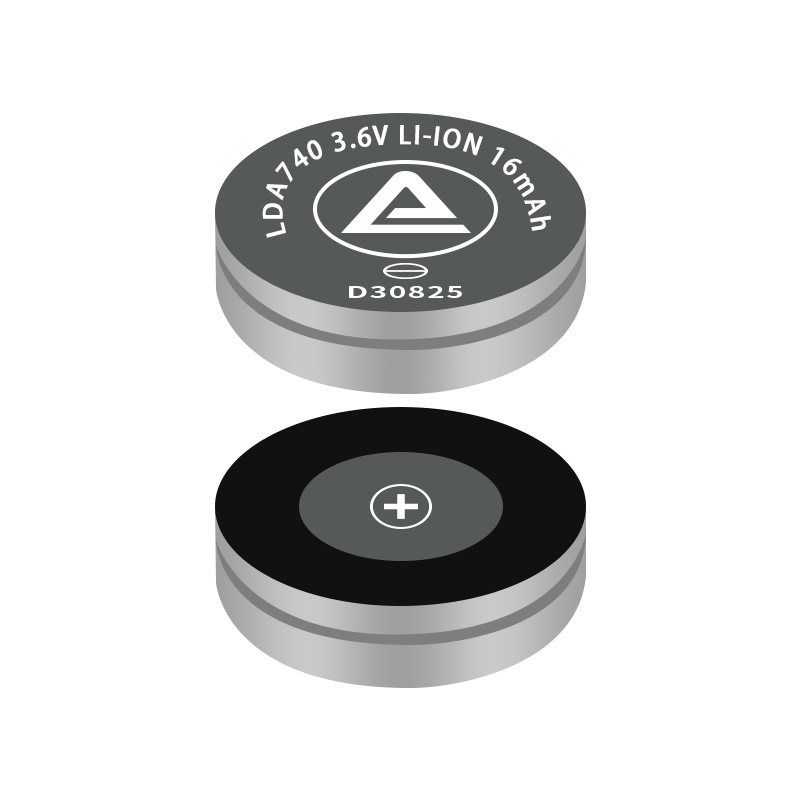
First, the two battery types differ in appearance.
Button batteries feature a stainless steel metal casing, making them rigid and uniformly circular in shape. While resistant to compression, their fixed form factor lacks the flexible design options available in pouch batteries.
Button batteries offer the advantages of compact structure, small size for easy portability, excellent stability, long lifespan, and high safety.
Although the purchase cost of a single rechargeable button battery is higher than that of disposable batteries, our batteries can be recharged up to 1,000 times. This means a single rechargeable battery can replace hundreds or even thousands of disposable batteries.

Resource conservation: Rechargeable batteries align with green, sustainable development principles through repeated use.
Rechargeable lithium-ion coin cells maintain a relatively stable voltage platform during operation, ensuring devices receive consistent, robust power supply throughout most of their discharge cycle.
Coin cells are ideally suited for miniature devices with extremely limited space requirements. Their drawbacks are equally evident: low capacity and fixed form factors.
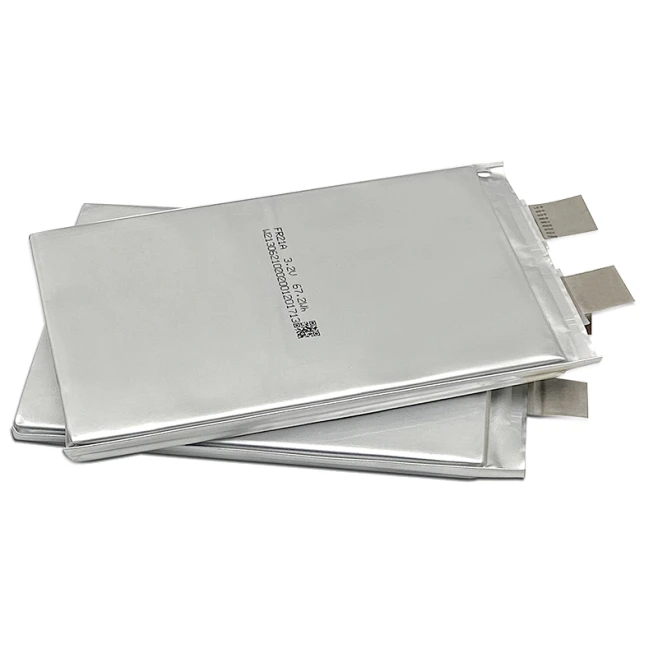
Soft-pack batteries are encapsulated in aluminum-plastic composite film, making them flexible and capable of being formed into various shapes (such as square or thin sheet forms). Unlike steel-cased batteries with fixed shapes, the aluminum-plastic film casing is prone to damage and vulnerable to punctures or impacts from sharp objects, necessitating additional protective structures.
The advantages of soft-pack batteries include high energy density, flexible form factors, and low internal resistance. Utilizing lightweight aluminum-plastic film packaging makes them exceptionally light and maximizes internal space utilization, enabling the highest energy storage per unit weight and volume.
The disadvantages are equally apparent: they are prone to damage, swelling, and higher costs. Vulnerable to punctures and impacts from sharp objects, they require additional protective structures.
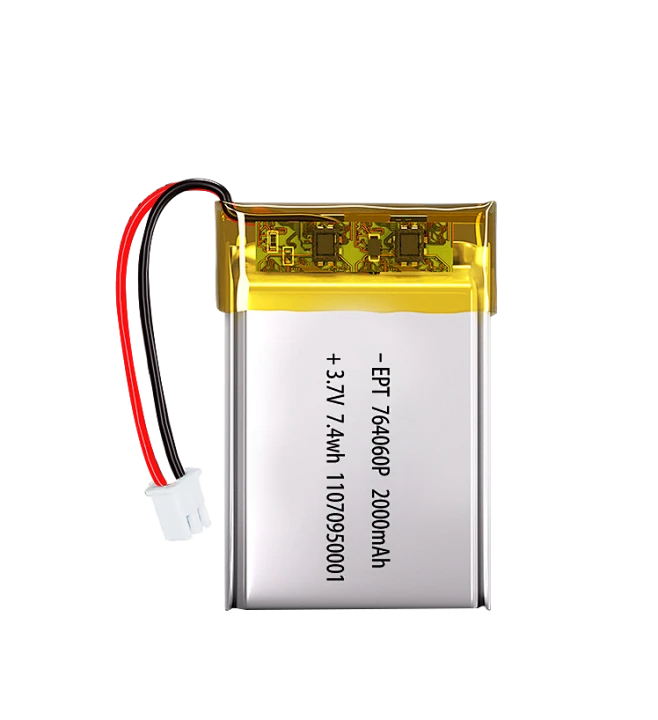
Below is a detailed feature comparison table:
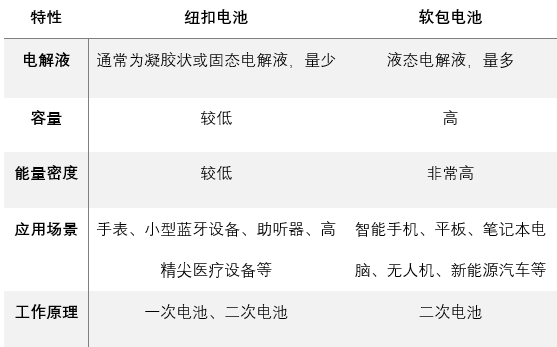
The advantages of soft-pack batteries include high energy density, flexible form factors, and low internal resistance. Utilizing lightweight aluminum-plastic film packaging makes them exceptionally light and maximizes internal space utilization, enabling the highest energy storage per unit weight and volume.
The disadvantages are equally apparent: they are prone to damage, swelling, and higher costs. Vulnerable to punctures and impacts from sharp objects, they require additional protective structures.

Button batteries are suitable for miniature devices such as watches, Bluetooth earbuds, hearing aids, and medical equipment. Core requirements: stable and low current draw, compact product size.
Pouch batteries are suitable for smartphones, tablets, laptops, and new energy vehicles. Core requirements: high capacity, high power, rechargeability, and flexible shape customization.
A more intuitive comparison is shown in the table below:
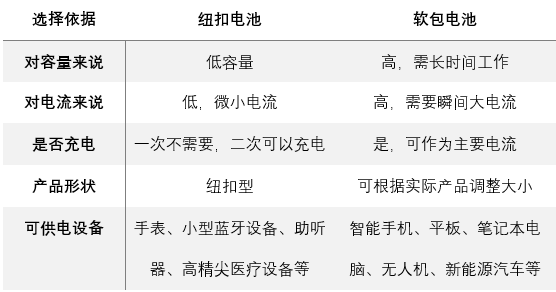
Finally, we hope everyone can select the battery that best suits their product. For more battery-related content, stay tuned to the official website of Guangdong Lead-An New Energy Co., Ltd.
